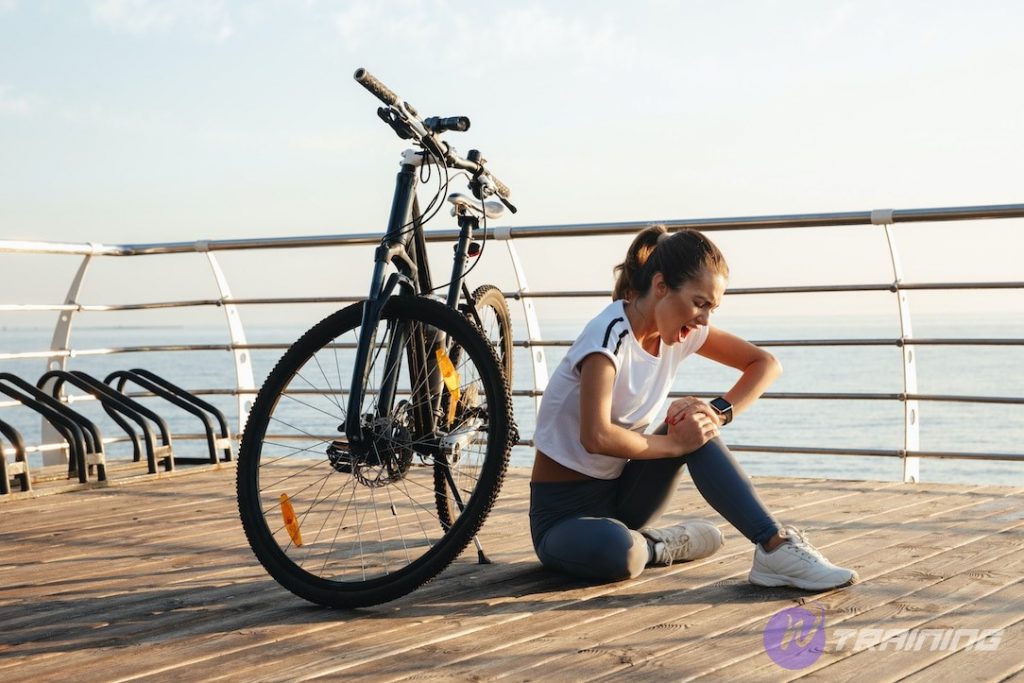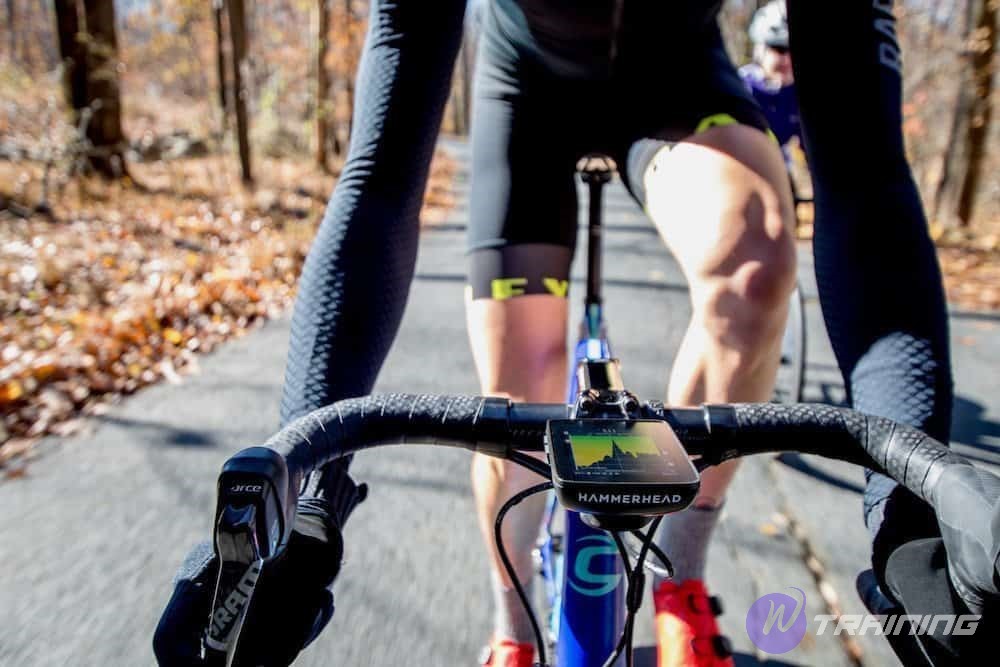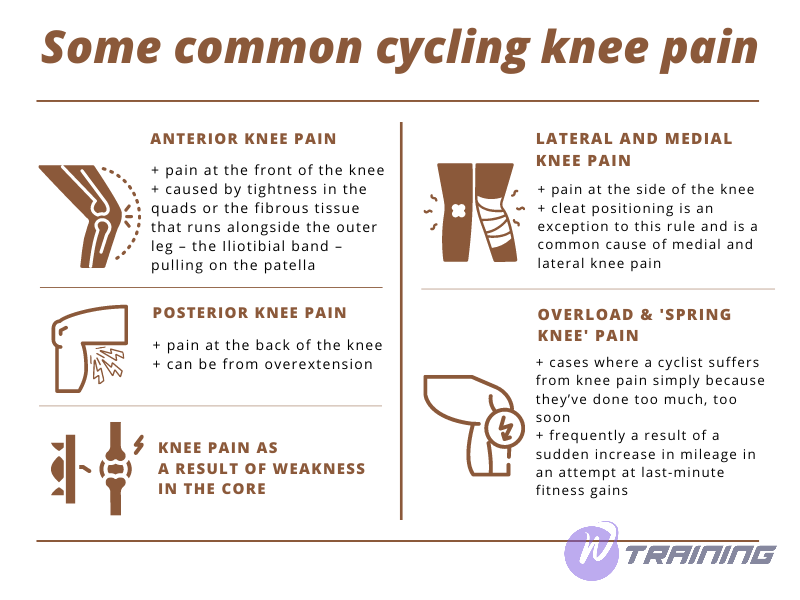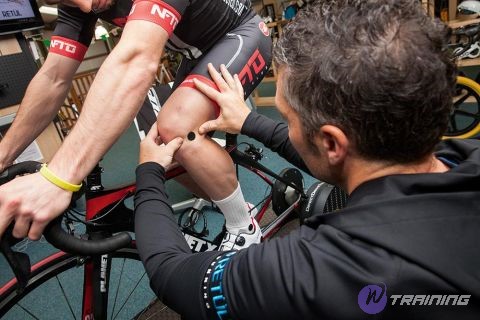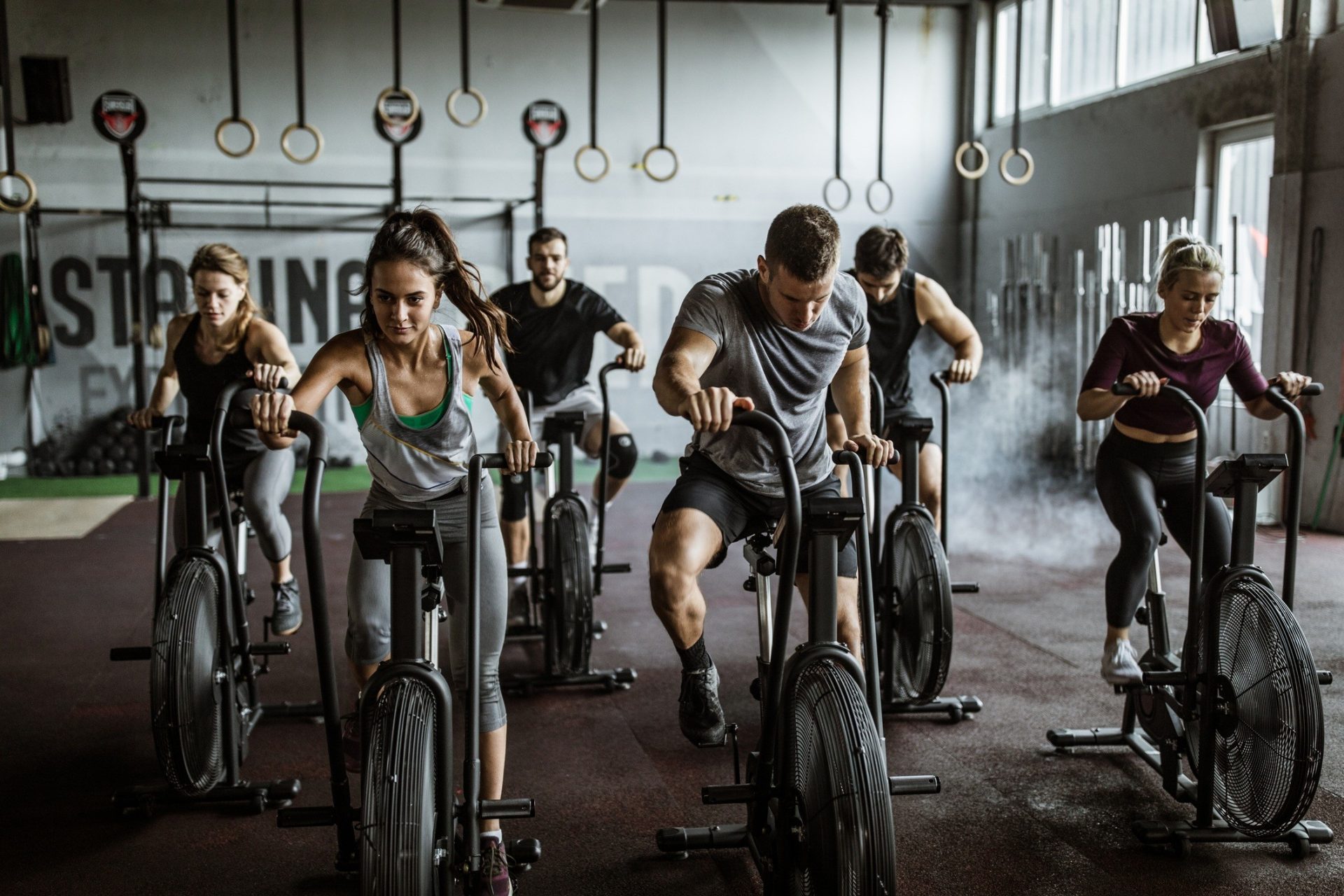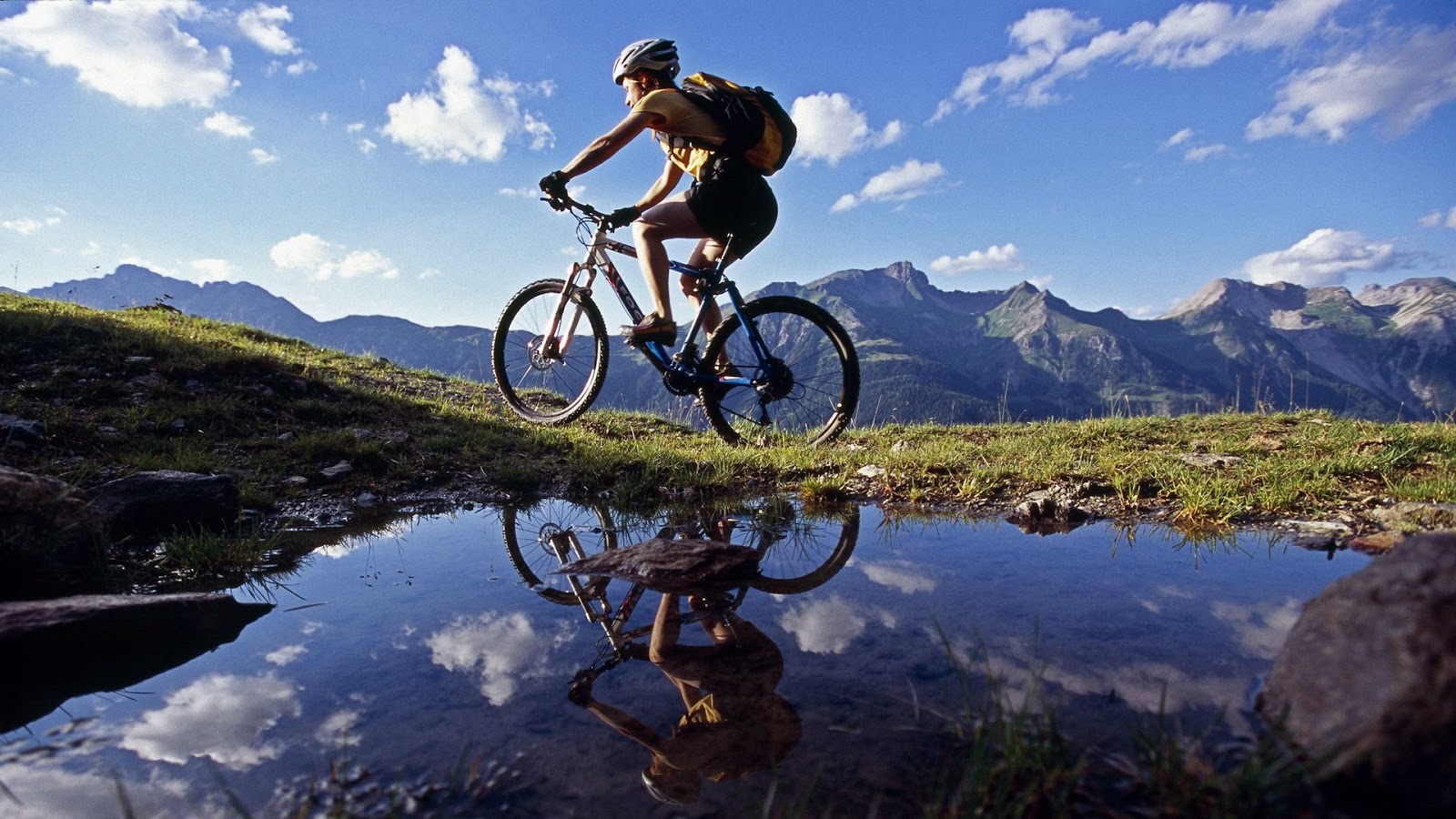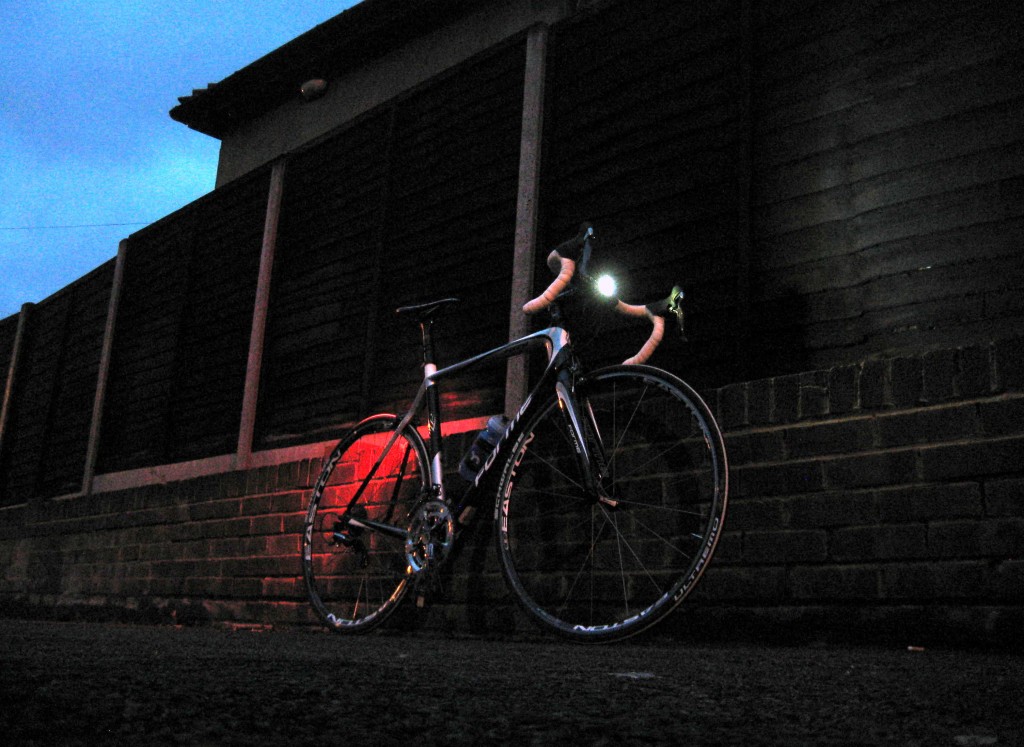Every athlete has to deal with pain. So are cyclists. One of the most common pain for them is cycling knee pain. The following article will give you an overview and how to master it.
About cycling knee pain
Most cyclists, from novice to professional, will experience knee pain while riding at some point in their careers.
In fact, a study of 116 professional cyclists discovered that 94 percent suffered an overuse injury over a one-year period, with 23 percent reporting headaches.
While professional racers are subjected to much higher training volumes, they also have access to physiotherapists and chiropractors on a regular basis, so if nearly a quarter of them are suffering from knee pain, you can bet it will be a problem for a large number of amateurs.
How can cycling cause knee pain?
Knee pain after cycling can be linked to several factors, but there are a few common culprits to watch out for. Overexertion is an obvious, yet frequently overlooked, the trigger for injury. For many avid cyclists, the downtime of the pandemic has allowed for tougher training sessions, which may not always make you stronger.
‘As we push the bike pedals, the structures of the knee take and transmit force from the muscles. The harder we press through the pedals, the more force those structures are required to bear,’ explains Mark Sexton, a Chartered Physiotherapist in Dublin 7.
Beginner cyclists, whose legs are not yet conditioned to the vigorous movement of the sport, must therefore be especially careful.
‘If we suddenly do a much longer cycle than usual or go cycling much more frequently than normal every week this can be a shock to the soft tissues and joints of the knee and they can become inflamed,’ Mark says.
An improper bike setup is likely to also set you up for a bout of sore limbs. Not only does it make for an uncomfortable ride, but the wrong saddle position can also put extra pressure on your kneecaps and increase injury risk.
See also: How Can We Make An Efficient Cycling Weight Loss Plan?
Types of cycling knee pain
There are two types of cycling knee pain or injury.
The first type of cycling knee pain is quite easy to solve. This is the Knee pain caused by some small tendinitis because your kilometers are increasing too early or because an accident causes a physical injury to the knee articulation like a strain or tendon tear. Most qualified medical practitioners can quickly diagnose and have the standard and well-proven procedures for surgery and rehabilitation. These are problems generally caused by a unique pain-creating event, such as a bike downturn or rapid kilometer increase. This is the case where you have no history of cycling knee pain prior to the event. When treated correctly, your knees recover within the appropriate amount of time.
The other is a bit harder to deal with. Your knees get sore and don’t seem to be unique. You normally ride your bike and keep your miles up and your knees are worsening slowly. Rest and the pain lingers but slowly passes away. You might be able to cope with 150 km per week, which means more than 150 km of pain does not go away. The night hurt your knees. They still wounded, you wake in the morning. You go to work and you can feel your knees scared while you’re sitting at your desk. Steps are painful climbing. This is frustrating. It is necessary to find a professional that can dive deeply in and respond to the root cause of cycling knee pain and not the symptoms in order to resolve this type of cycling knee pain.
9 expert tips on how to handle cycling knee pain
Here is a list of things that I have tried to resolve my knee pain:
1. Seek professional medical advice for cycling knee pain
It is critical. You want to figure out what you’re dealing with so you can devise a strategy. If you have sore knees and the pain persists, see a sports doctor and have some MRI scans done (if your doctor recommends it). This will eliminate guesswork, assist you in determining the exact nature of the problem, and expedite the process of resolving the issue with the least amount of frustration.
2. Professional physiotherapy therapy for cycling knee pain
It is excellent. To begin, it is critical to locate a physiotherapist who is familiar with cycling. Cycling problems differ from those encountered by other athletes in some ways. Strengthening exercises, on the other hand, were beneficial, but they had to be functional. Create a program for yourself with the help of your physiotherapist.
3. Trigger point therapy and massage for cycling knee pain
Excellent. Large improvements within days of being treated. There is a book by Clair Davies called The Trigger Point Therapy Workbook. Made a lot of sense. We would recommend it to anyone with ongoing chronic pain. There are some very good Myotherapists/Massage therapists out there.
4. Bicycle setup to help avoid cycling knee pain
Critical. Yes, if you have knee pain, you should get the best bike fit that you can find. It’s critical to pay close attention to cleat placement as well as any shims, inserts, packers, or other devices used to help align the foot correctly on the pedal. Seat height and forward/aft position are also important considerations. Bike shops are usually good at getting you close to an ideal position, but if you continue to have problems, you may need to see someone more specialized.
5. Pedals and cleat position to reduce cycling knee pain
Critical. Good knee function is dependent on pedal selection and cleat position. There are various pedal systems. Some have proven to be more effective than others. It is critical to experiment with a variety of pedal systems until you find one that works for you. You may discover that a pedal with a lot of float and slop works better for you than a firm tight system. Speak with your bike fitter.
6. Check that your seat is straight
Most importantly, make sure your seat is straight! If you have been in an accident or have an old seat, keep in mind that they do wear out and bend out of shape. Setting up your bike in a home trainer is one way to ensure that your seat is straight. Then, at right angles to the top tube of your bike, place a spirit level across the back of the seat to see if it is level. If it has a lean-to it, one of your bum checks will be lower than the other. This means that the leg on the higher side of the seat will have to reach further towards the pedal than the other leg.
7. Pharmaceuticals that help with cycling knee pain
It is critical, too. Anti-inflammatory pain medications and gels can help relieve pain for a few weeks, but they are not a long-term solution. In the early season, when I’m putting in the miles, I get tendinitis in my knees. You should collaborate with your sports doctor to develop a management strategy.
8. Pedalling style
Many people recommend spinning. That is, pedaling at a high cadence on your bike to reduce the strain on your knees. You might find this useful. Particularly when climbing hills. Loading up your knees, on the other hand, may be beneficial. As an example, doing big gear hill repeats at a low cadence. It is then necessary to determine which method works best for you: spinning or grinding the gear.
9. Exercises for leg muscles
You must develop a strong, flexible foot while minimizing knee pressure. Stretching and weight training should be done 3-4 times per week. This can aid in the training of four muscle groups (front and back thighs). If the thighs are strong, the knees will be as well, and they will be less likely to be injured.
Conscious training of the four muscle groups and ligaments (for example, weight squats) in conjunction with stretching exercises aids in the creation of a smooth movement of the patella in the femoral groove.
Muscles are similar to rubber bands in that if the elasticity is good, no matter how hard you pull, it will not break. It’s easy to break something that’s hard. The higher the temperature, the softer the muscles are and the easier they are to stretch. As a result, when cycling, you must keep your body hydrated. It is very easy to injure yourself if the cold air causes your muscles to tighten. Every day, we can press the kneecap with both hands to increase the protection of the joint fluid in the knee.
You can learn so much from the Internet, and it is important to realize that there is a lack of strength, flexibility in bikes fit. It’s good to check with a physiotherapist, osteopath or health professional if you’re having trouble with long-term, lasting or ride-stope pain. You also have to aim to reserve a bike fit by someone who sees your own flexibility and weakness, riding style and volume.
Read more:
Cycling Calorie Calculator: Simply Figure Out How Many You Burned
Cycling Tips: Basic Skills to Make Riding More Fun
